Are spiders insects? How venomous are tarantulas?
Now is the time to get to know the world’s most famous spiders, tarantulas. The world’s most poisonous and creepy creatures tarantulas are at Emaar Aquarium & Underwater Zoo, Spider Kingdom!
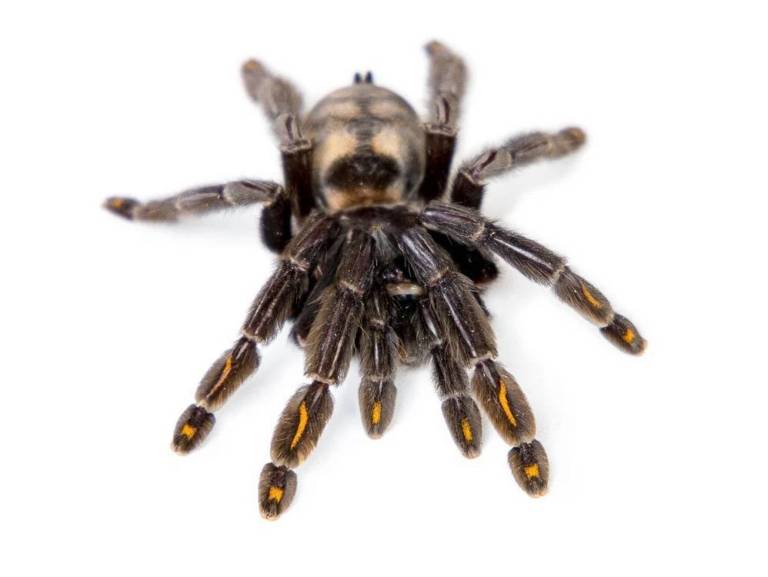
Venezuelan Tiger Tarantula | Geographical Habitat: Venezuela | Size: 6cm
It lives in trees and is extremely aggressive for a tree species and is incredibly fast and agile with long, slender legs. On its blue-black body, there are patterns in the form of bright red lightning. Males are generally lighter and paler in color than females. Although it is a venomous species, it usually uses its venom for defensive purposes, and can become aggressive if there is no escape option.

Bird-Eating Salmon Tarantula | Geographical Habitat: Northeast Brazil | Size: 10cm
Lasiodora Parahybana, an aggressive species, does not hesitate to attack no matter what happens. Despite this, its active structure and size of up to 10 cm make it a preferred species. Lasiodoras can lay more than 2000 eggs at a time. Although it is said to eat birds, it has not been seen to eat many birds. It mostly feeds on large insects and sometimes amphibians and small reptiles. It injects poison into its prey and makes it weak.
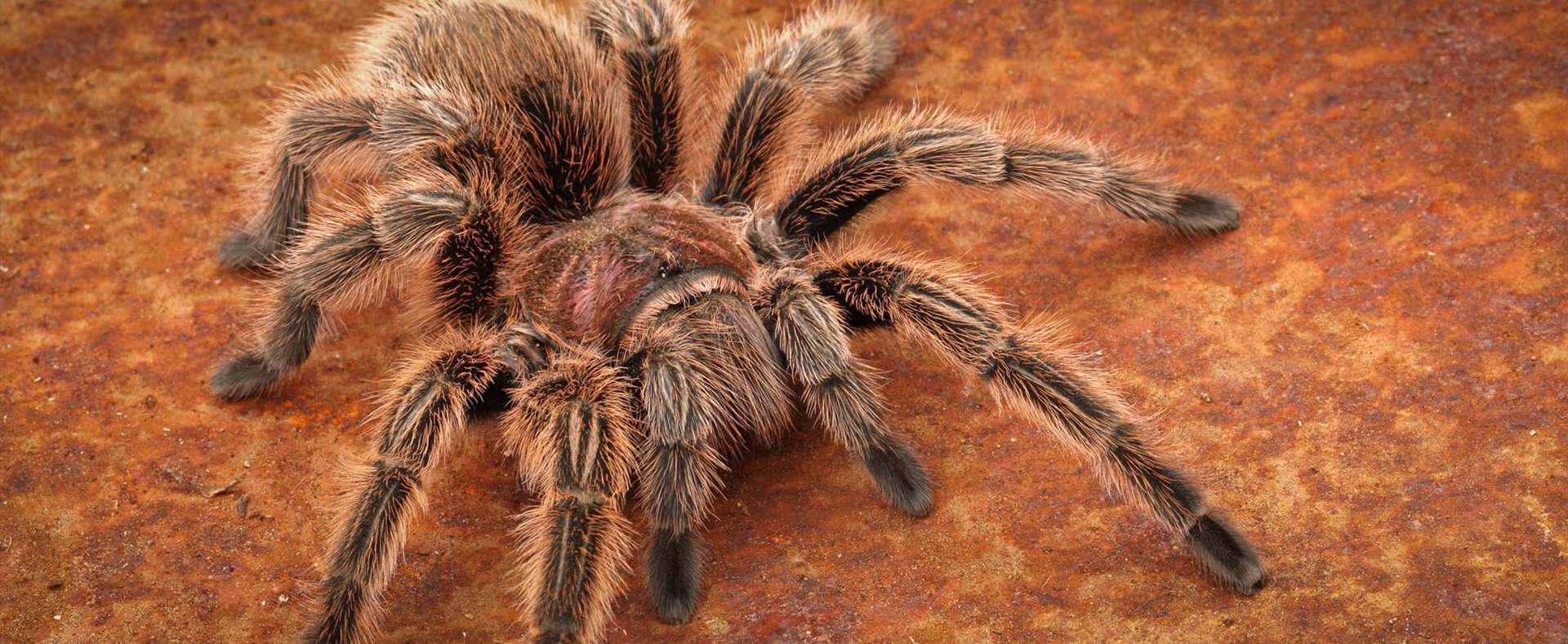
Pink Chilean Tarantula | Geographical Habitat: Chile, Argentina, Bolivia | Size: 5-6cm
It is one of the calmest tarantula species. At the moment of intervention, it usually retreats to its nest. Its natural habitat is the foothills of the Andes and it is resistant even to short frosts. They don’t like to hide. It can feed on different creatures such as grasshoppers, crickets, butterflies, beetles, cockroaches, small frogs, small lizards and mammals (baby mice).

Big Black Tarantula | Geographical Habitat: Bolivia | Size: 10-11cm
The care of Pamphobeteus Antinous, one of the largest tarantulas in the world, is quite demanding. Being sensitive to heat and humidity changes, its size and aggression are the biggest factors for this. Males and females are visually different from each other until sexual maturity and are completely black. When males reach sexual maturity, a blue metallic shine appears, especially on their legs.
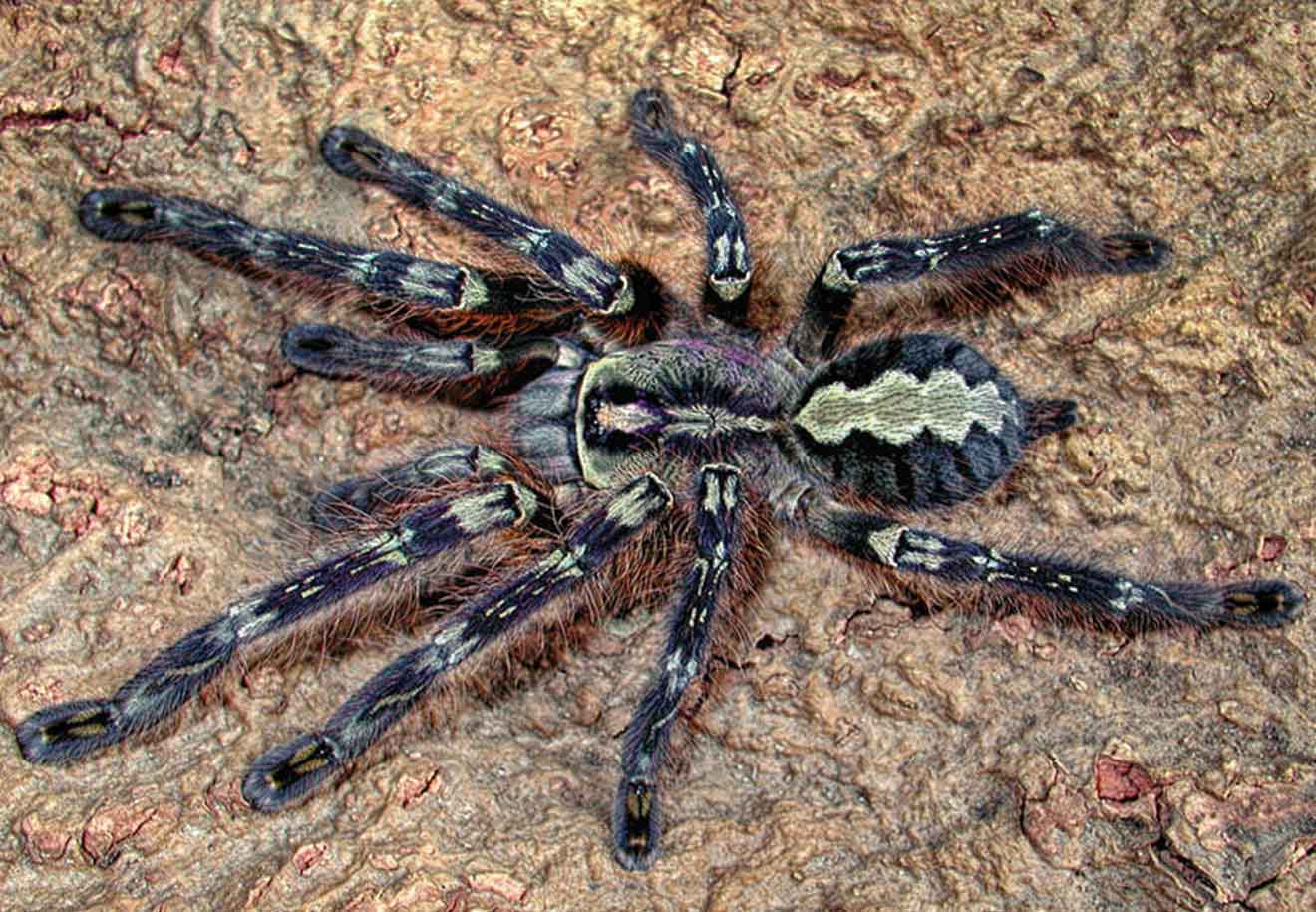
Fringed Tarantula | Geographical Habitat: Sri Lanka | Size: 7-8cm
It is a species that spends most of its time in hiding. When disturbed, he becomes aggressive and tries to appear bigger by raising his front legs to frighten his opponent. The effect of its venom is more effective than tarantulas originating from South America.
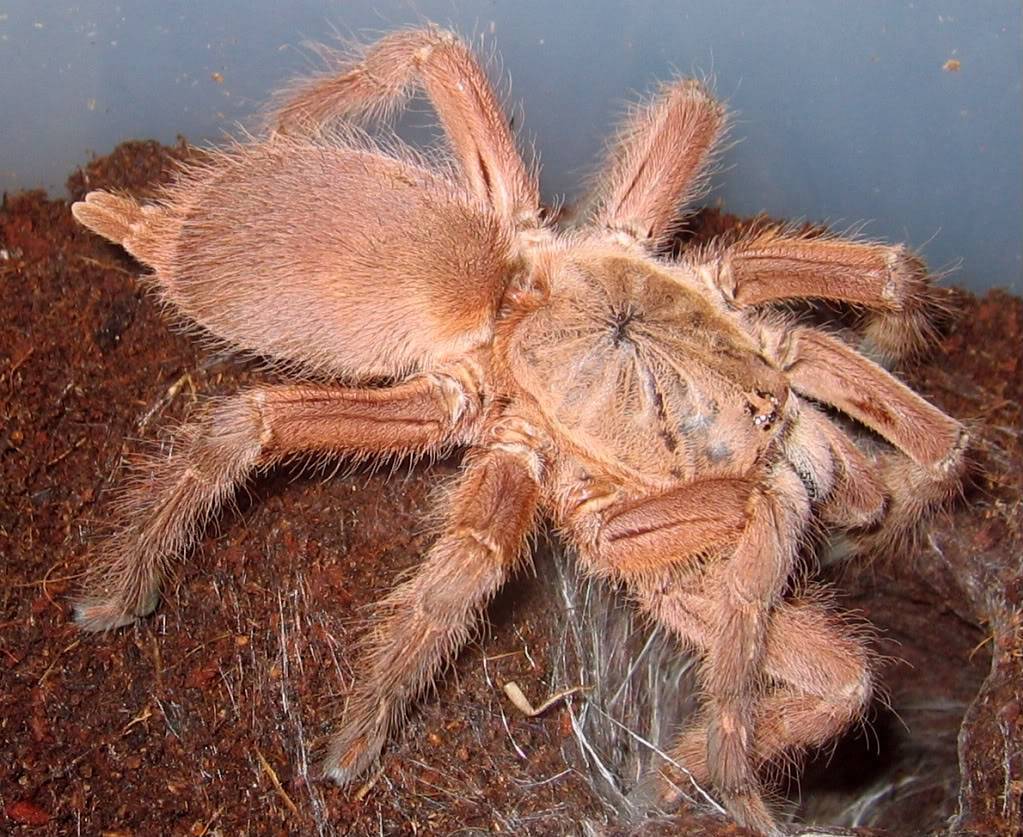
Light Brown Giant Asian Tarantula | Geographical Habitat: Thailand | Size: 3-5cm
The Trinidad Chevron Tarantula is one of the most popular arboreal species. Large size and interesting appearance make it many people’s favorite breed! Trinidad Chevron Tarantulas are described as “cute” and “squishy” due to their fuzzy appearance. It has bright orange stripes on the tips of its legs, which visibly distinguishes it from other tarantulas.
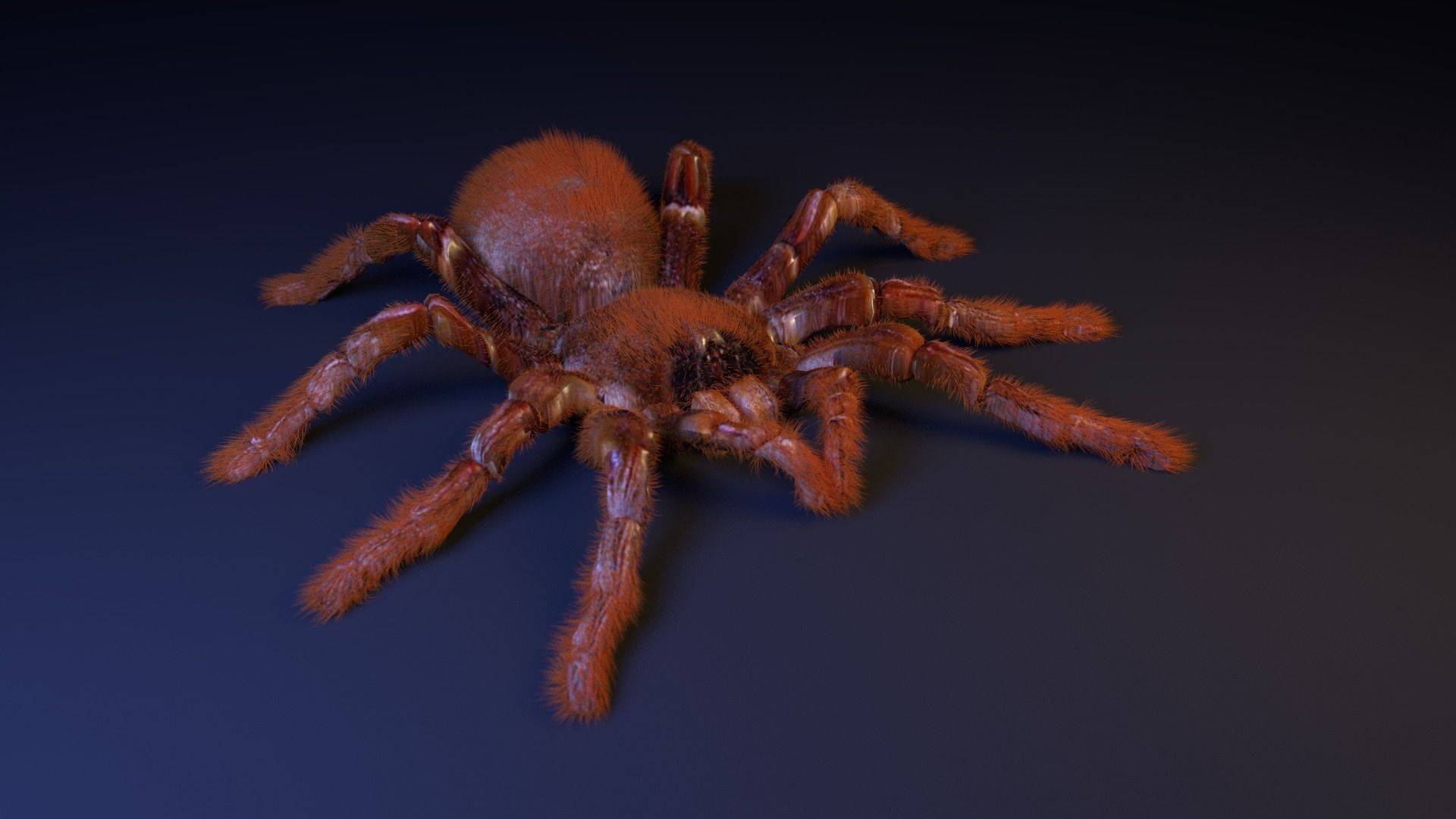
Bird-Eating Giant Tarantula | Geographical Habitat: Brazil, Venezuela | Size: 10-12cm
It is the largest tarantula species in the world and the second best known after Brachypelma Smithi. It is aggressive and sheds its feathers when disturbed, which is quite effective. It usually occurs at night. The cubs grow quickly. In a period of 1 year, they reach a stem length of 5-6 cm.

Trinidad Tarantula | Geographical Habitat: Trinidad | Size: 6-7cm
In general, they build net tunnels and prevent the inside of the net from being seen by mixing soil into it. Despite their timid lifestyle, they are quite aggressive and do not hesitate to bite. They are very agile creatures that can make long jumps.


